#San Casciano dei Bagni
Text

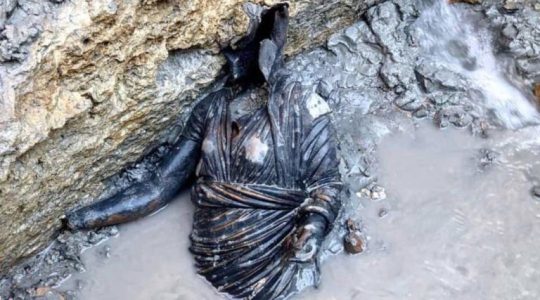
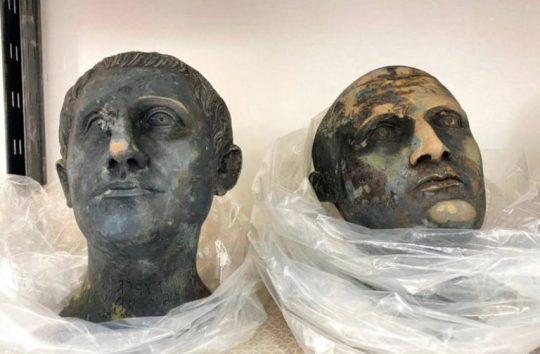
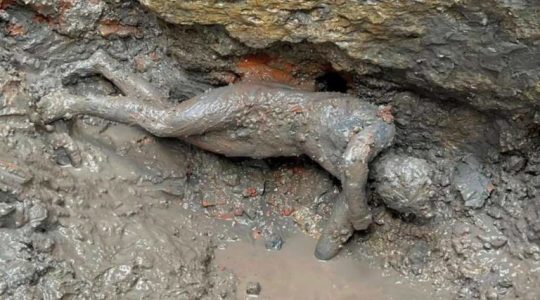
More of the statues uncovered at San Casciano dei Bagni.
Source
#San Casciano dei Bagni#ancient rome#italy#ancient art#ancient statues#archaeological dig#archaeology
287 notes
·
View notes
Photo

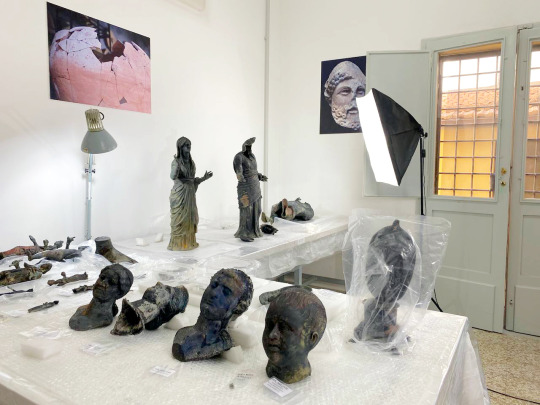
San Casciano dei Bagni bronzes
©: Ministero della cultura
994 notes
·
View notes
Text
The Quirinale Palace Unveils The Bronzes of San Casciano To The Public. Arte.it

There's an amazing chance to see the San Casciano Bronzes at the Quirinale Palace. These beautiful art pieces will leave anyone who sees them in awe as they demonstrate the incredible skill and creativity of Etruscan and Roman craftsmen. It's an honor to witness such a remarkable display of human ingenuity and artistic expression from a bygone era. The exhibit is currently held at the Palazzo del Quirinale, providing a fascinating glimpse into ancient history. Via Arte.it. For more information, please click on the link in the bio.
I appreciate your kind presence and attention. Thank you for joining us today.
⏩ The Board Behind

Images, some of the bronze statues found in San Casciano dei Bagni | Courtesy Ministry of Culture
#the board behind#Arte.it#Truscan Bronze Statues#San Casciano Dei Bagni#Musei Italiani#Italian Museums#etruscans#ancient art#ancient rome#ancient history#antiquity#Palazzo del Quirinale#Quirinale Palace#Gods Return#Bronzes of San Casciano#Bronzo age#Imperial age#Bagno Grande of San Casciano#theboardbehind#giancarlo antonini#Rome Culture#Culture Rome
2 notes
·
View notes
Photo

Estatueta de bronce atopada en San Casciano dei Bagni
13 notes
·
View notes
Text
The prodigious statuettes of San Casciano dei Bagni.
#books and art#writing#art#media#margininversi#museum#arte#poetry#San Casciano dei Bagni#history of art#archaeology#ancient sculpture#ancient world#the sacred feminine#archaeological award
2 notes
·
View notes
Text
ARCHEOLIBRI / San Casciano dei Bagni, i segreti del Santuario etrusco-romano svelati in un nuovo volume scientifico
#ARCHEOLOGIA #LIBRI / San Casciano dei Bagni, i segreti del Santuario etrusco-romano svelati in un nuovo volume scientifico
Oggi la presentazione a #Roma
#santuarioRitrovato #Sillabe #ComunediSanCascianodeiBagni #IlSantuarioRitrovato2
San Casciano dei Bagni. Bagno Grande. Area di scavo. Veduta da Sud (foto di C. Petrini. Copyright Soprintendenza ABAP‑SI e Comune di San Casciano dei Bagni).
Dopo gli straordinari rinvenimenti archeologici del “Bagno Grande” di San Casciano dei Bagni, in provincia di Siena, rinvenuti nel corso dell’ultima campagna di scavi del 2022, è già pronta un’altra pubblicazione, la seconda, contenente gli…
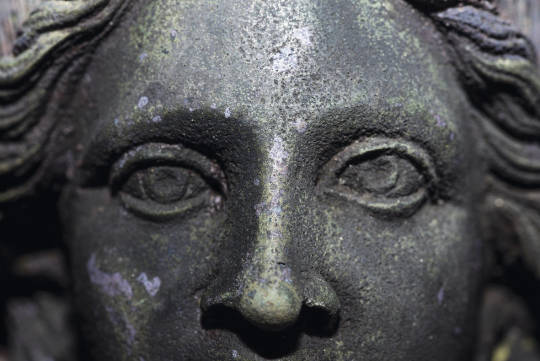
View On WordPress
#età romana#Etruschi#eventi#libri#novità editoriali#presentazioni#San Casciano dei Bagni#Santuario del Bagno Grande#Siena#Soprintendenza ABAP per le province di Siena#studi
2 notes
·
View notes
Text

Statue of Apollo 'Lizard Killer' Found at Etruscan and Roman Spa
Archaeologists have found a marble statue of Apollo Sauroctonos, also known as the “Lizard Killer”, during excavations of an Etruscan and Roman spa at San Casciano dei Bagni in Tuscany.
The spa is fed by geothermal springs, which the Etruscans used to supply water at a mean temperature of 42 °C (108 °F) to the complex of Balnea Clusinae.
According to legend, the site was founded by Porsenna, an Etruscan king of Chiusi, although archaeologists suggest that the complex was built by the Etruscans in the third century BC.
During the Roman period, the spa became a popular attraction for the therapeutic benefits, with notable figures such as Caesar Augustus being a frequent visitor.


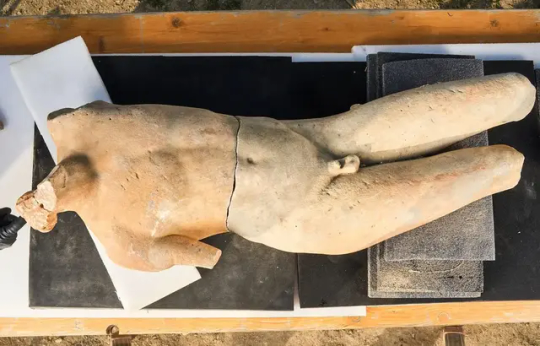
Archaeologists have found fragments of a life-sized Apollo Sauroctonos statue on the edge of the Great Bath, which are Roman copies of a bronze statue created by the Greek sculptor Praxiteles, the most renowned of the Attica sculptors of the 4th century BC.
Example copies generally date from the 1st to 2nd century AD and depict Apollo in his youth about to catch a lizard climbing up a tree. The Roman poet, Martial, wrote an epigram about the Apollo Sauroctonos statues “Spare the lizard, treacherous boy, creeping toward you; it desires to perish by your hands.”

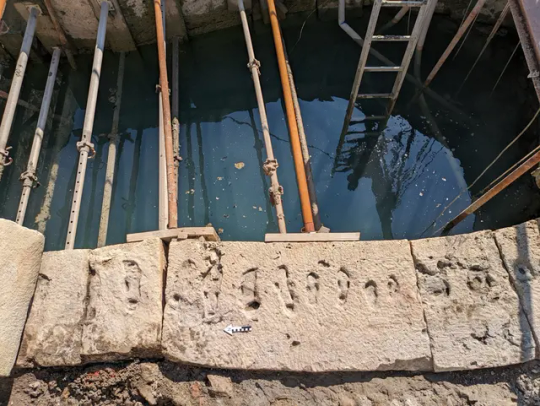
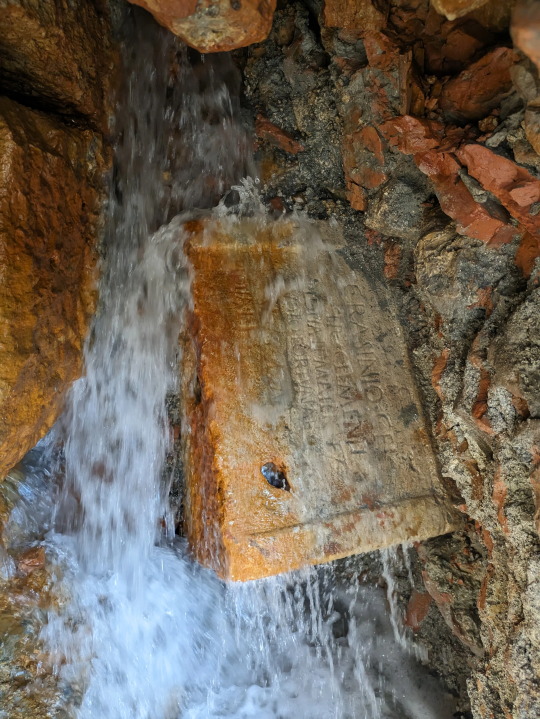
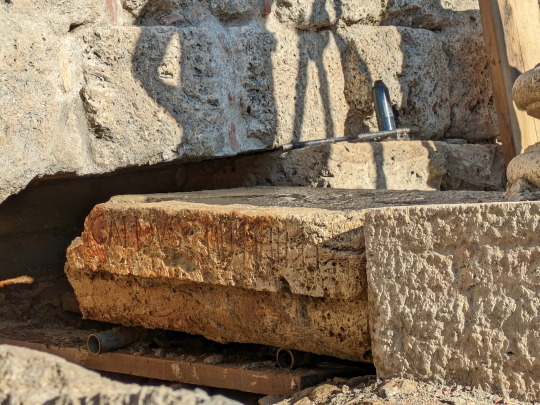
Apollo, revered as the deity associated with healing and ailments, received votive offerings from petitioners seeking remedies for their afflictions. Additionally, the depiction of Apollo hunting a lizard can be associated with ophthalmology, as lizards were considered a key ingredient for curing eye complaints.
Excavations also uncovered a travertine votive altar with a bilingual inscription in Latin and Etruscan from the 1st century AD, indicating the ongoing influence of Etruscan culture well into the Roman Imperial Era.
By Mark Milligan.


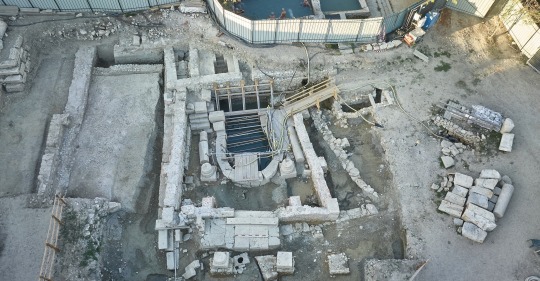
#Statue of Apollo 'Lizard Killer' Found at Etruscan and Roman Spa#San Casciano dei Bagni in Tuscany#statue#sculpture#ancient artifacts#archeology#archeolgst#history#history news#ancient history#ancient culture#ancient civilizations#roman history#roman empire#roman art#ancient art
127 notes
·
View notes
Video
youtube
Join me for a visit to (and soak in!) Tuscany’s best natural thermal spas.
Best Natural Thermal Spas in Tuscany
#Tuscany; Natural Thermal Spas; Casciano dei Bagni; Bagni San Filippo; Saturnia;#Bagno Vignoni; Travel
0 notes
Text
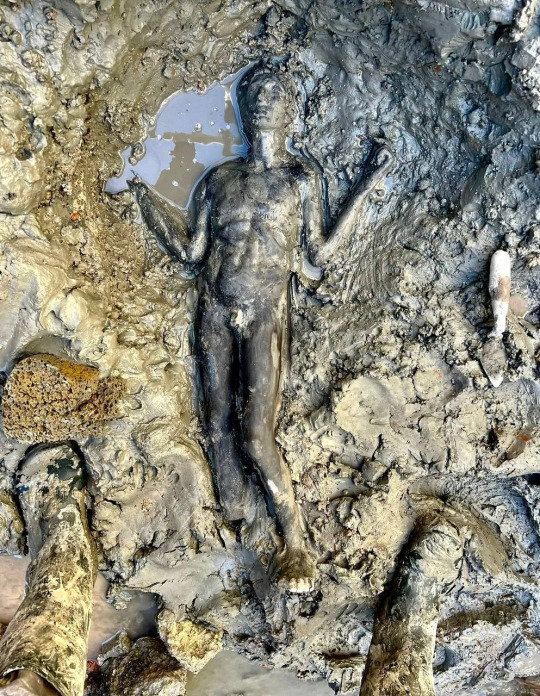
24 bronze statues were unearthed in 2022 in the ancient springs of San Casciano dei Bagni, in what used to be a place of worship for both the Etruscans and Romans.
2K notes
·
View notes
Text
Discovery of bronzes rewrites Italy's Etruscan-Roman history

Italian authorities on Tuesday announced the extraordinary discovery of 2,000-year-old bronze statues in an ancient Tuscan thermal spring and said the find will "rewrite history" about the transition from the Etruscan civilization to the Roman Empire.
The discovery, in the sacred baths of the San Casciano dei Bagni archaeological dig near Siena, is one of the most significant ever in the Mediterranean and certainly the most important since the 1972 underwater discovery of the famed Riace bronze warriors, said Massimo Osanna, the Culture Ministry's director of museums.
Thanks to the mud that protected them, the two-dozen figurines and other bronze objects were found in a perfect state of conservation, bearing delicate facial features, inscriptions and rippled tunics. Alongside the figures were 5,000 coins in gold, silver and bronze, the ministry said. Read more.
2K notes
·
View notes
Photo

These statues emerged in November 2022 from the mud an ongoing archaeological excavation in a field just below the Tuscan town of San Casciano dei Bagni. The artifacts and may others— mostly dating from the second century B.C. to the first century A.D. — were votive offerings collected in the sacred pool of the so-called Bagno Grande, or “large bath,” part of a sanctuary that was in use in various forms for more than 700 years. Lightning struck the building around the first century A.D., and following the Etruscan tradition of burying objects struck by lightning in a sacred place, the statues and other artifacts were concealed under a layer of terra-cotta tiles along with a bronze thunderbolt, a ritual called “fulgur conditum.” Many of the bronzes found in the mud are now on display at the Quirinal Palace, in Rome. Photo Credit...Ministry of Culture; photo by Agnese Sbaff Words Elisabetta Povoledo
204 notes
·
View notes
Text
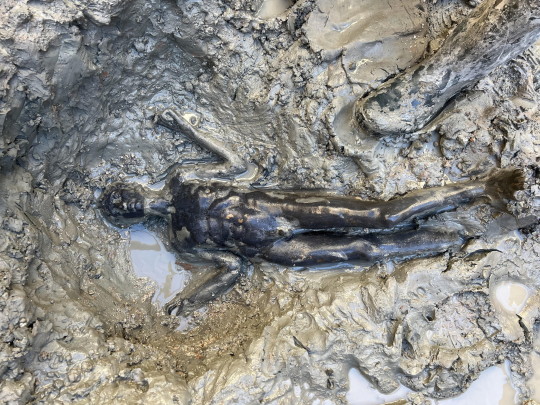


One of the 24 statues discovered last year in the mud of the remains of the Etruscan-Roman thermal spa and sanctuary in San Casciano dei Bagni. As attested by a large number of votive offerings, the ancients believed in the healing power of the water here. The statue above had the name Marcius Grabillo inscribed into his thigh and because of his thin limbs archaeologists think he suffered from a bone disease and nicknamed him "The Scrawny Boy".
#etruscans#etruscan history#ancient culture#ancient history#ancient rome#ancient art#ancient civilisations#etruria#statue#bronze statue#ancient religion#san casciano
57 notes
·
View notes
Text

One of 24 bronze statues found in the ruins of a network of ancient thermal springs in a small town in Tuscany.
The bronzes, mostly dedicated to the gods, are the largest discovery of their kind in Italy and were unearthed in 2022 in the ancient springs of San Casciano dei Bagni, in what used to be a place of worship for both the Etruscans and Romans as far back as the second century BC.
63 notes
·
View notes
Photo

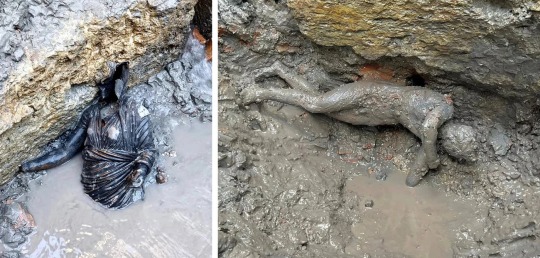




ROME — Italian archaeologists are hailing a recent discovery as the "most exceptional" in the last half-century. They believe it could rewrite the history of the relationship between the Etruscan and Roman civilizations.
Over a period of a few weeks in September and October, a team of archaeologists unearthed two dozen bronze statues of human figures, more than 2,000 years old and perfectly preserved in the hot mud and waters of an ancient, sacred pool.
The site is the hot springs of the Tuscan town of San Casciano dei Bagni — San Casciano of the Baths, one of many picturesque hilltop towns towering over lush green valleys dotted with majestic cypress trees.
https://www.npr.org/2022/12/03/1138904735/italy-ancient-bronze-statues-discovery-tuscany?
109 notes
·
View notes
Photo


Roman-Etruscan bronze statue newly found at the San Casciano dei Bagni thermal bath site / Ophelia by John Everett Millais
116 notes
·
View notes
Text
A plethora of perfect and distinct finds from the San Casciano dei Bagni Etruscan-Roman thermal bath complex in Tuscany, Italy, are causing much excitement. They include all sorts of rare votive offerings, including ears, wombs and even a penis, not to mention thousands of coins, and religious stone carvings. What a find!
39 notes
·
View notes